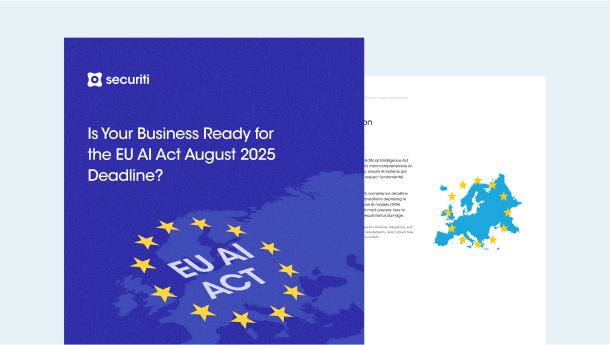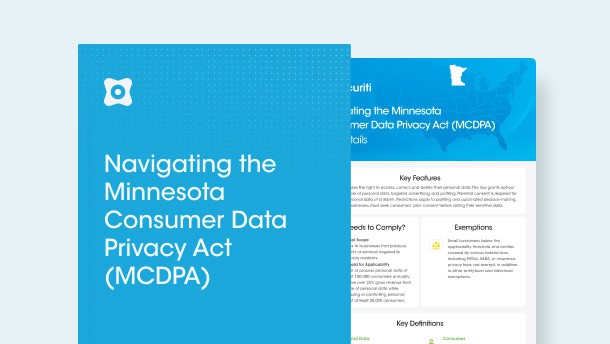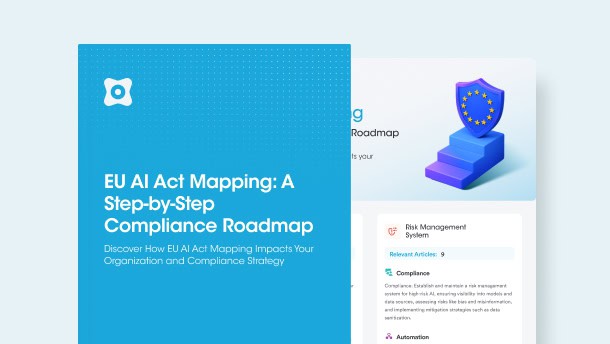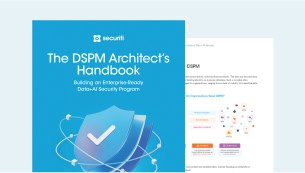In today's hyperscale data-driven digital realm, businesses worldwide are generating, collecting, sharing and processing vast volumes of private and sensitive data at an unprecedented rate. A recent study estimates that over 402.74 million terabytes of data are created daily.
With data sprawling across the digital landscape, there’s an increased need to manage, protect, and leverage that data effectively. One key strategy in doing so is data classification—a process that enables organizations of all sizes to organize, secure, and utilize their data more efficiently.
This guide explores data classification best practices to help your organization implement a robust data classification strategy.
12 Best Practices for Data Classification in Your Business
1. Understand Your Data Landscape
Prior to classifying your data, you must identify the types of data that your firm has. This comprises structured data (such as databases and spreadsheets) and unstructured data (such as emails, documents, and media files). Conduct a comprehensive data audit to determine what kinds of information you gather, its storage location, how this data flows across your organization, and who has access to it.
2. Set Clear Objectives and Scope
The second step is establishing clear objectives and scope that meet your organization’s requirements, such as enhancing security, complying with regulatory requirements, maximizing data storage, or enhancing operational efficiency. These objectives will direct your classification strategy and help you prioritize and secure sensitive data.
3. Conduct Data Inventory and Risk Assessment
Now that your goals and scope have been established, it's time to inventory your data assets. A good data classification strategy starts with a comprehensive inventory and assessment of the data. This stage is essential for determining what data you have, where it is stored, and how sensitive and important it is.
4. Define Clear Classification Categories
Sort the data into distinct, well-defined groups according to its significance and sensitivity. Typical classifications include Public, Internal, Confidential/Restricted, and Highly Confidential. These categories, however, may be customized to meet your organization’s requirements.
5. Identify Relevant Compliance and Privacy Laws
Data classification is crucial to regulatory compliance. Every industry has its own privacy rules and guidelines for handling sensitive data. For instance, healthcare organizations must comply with HIPAA, whereas organizations handling consumer data may need to comply with the EU’s GDPR or US CCPA/CPRA. Ensuring regulatory compliance helps avoid noncompliance penalties.
6. Set Policies and Access Controls Based on Classification
Once your data is classified, it's crucial to establish organization-wide data handling policies for each data type. For instance, public data may not require encryption, confidential data should be encrypted at rest and in transit, and highly confidential data may require the highest form of security, such as multi-factor authentication. Additionally, ensure that the data classification of each data type corresponds with your access controls. Employees should only be able to access the information necessary to conduct their job functions, known as the principle of least privilege.
7. Validate Classification Outcomes
Data classification outcomes must be validated by testing classification systems regularly to ensure adequate security restrictions are implemented and data is correctly classified. For instance, verify that access to restricted data is limited or encrypted and that, where applicable, public data is easily accessible. Misclassification might result in data breaches or unnecessary limitations; regular validation helps avoid this.
8. Conduct Regular Reviews
As business goals, data sensitivity, and legal requirements evolve, data classification practices must evolve with them. Your classification system will align with current goals and the risk environment if you conduct regular assessments. These assessments must evaluate how well employees follow standards, how well regulations work, and how well the technology you’ve onboarded works. Schedule regular audits and make necessary classification adjustments, especially as new data types appear or sensitive data is identified.
9. Involve Key Stakeholders
Data classification teams/security experts shouldn't be the only ones responsible for classifying data. Legal, compliance, human resources, and operations must actively engage in classification activity. This ensures that all viewpoints are considered and the classification framework complements the organization’s overall goals.
10. Automate the Process Where Possible
Manually classifying data is inefficient, time-consuming, and error-prone for large enterprises handling vast volumes of data. Employ data classification technologies that automatically classify data according to preset criteria to expedite the process. These automation tools significantly enhance productivity and accuracy by scanning and classifying data at scale using machine learning and artificial intelligence.
11. Train Employees on Data Handling and Classification
Employee awareness is essential to the success of any data classification strategy, even if automated technologies and tools are in place. Regular training sessions are necessary to ensure that staff members are aware of evolving and applicable data regulations and can appropriately classify data when necessary. They must also understand the significance of data classification, how to manage various data types, and the consequences of mishandling sensitive information.
12. Integrate with Data Governance and Privacy Programs
Data classification shouldn’t be an isolated process. Instead, data classification should be crucial to your overall privacy and governance initiatives. This enables organizations to manage data holistically and ensure it is securely processed and utilized.







































